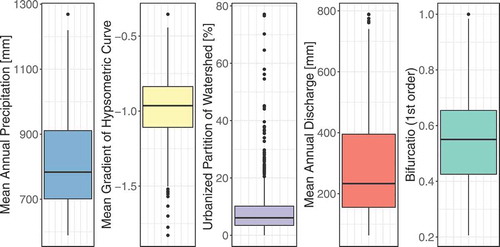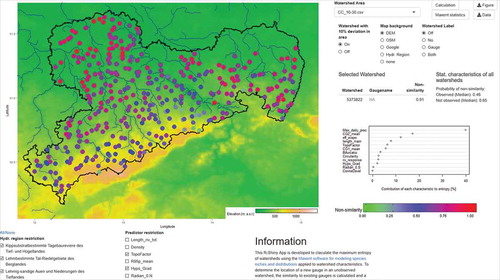Figures & data
Figure 1. Map of Saxony, Germany, with gauged and ungauged catchments. Points represent the centre of each catchment.
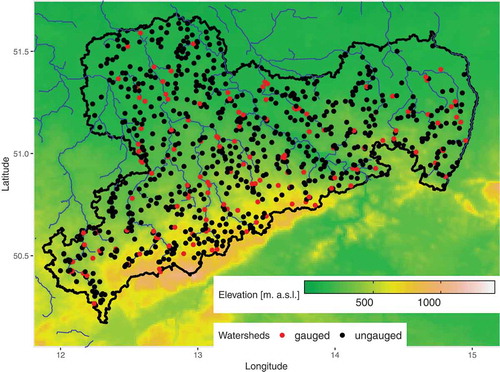
Table 1. Available characteristics of the catchments and explanations.
Table 2. Classification of catchments according to area.
Figure 4. Area under curve (AUC) for the ROC-curve for all classes of catchment area (including 10% deviation).
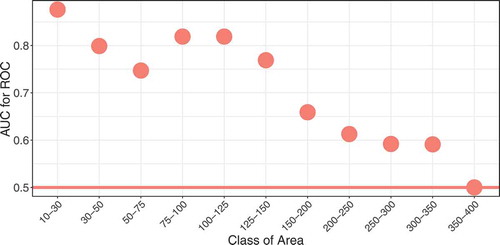
Figure 5. Probability of non-similarity of the small catchments to gauged catchments of the same size with underlying elevation model (left) and hydrological regions (right). A high probability of non-similarity close to 1 indicates probable additional information in this catchment.
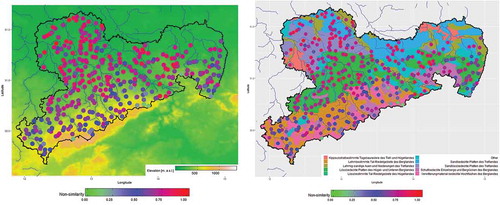
Figure 6. (left) Contribution (in %) of each variable to the entropy model and (right) ROC plot of the fitted entropy model for small catchments. The straight line is the ROC curve for a totally random model.
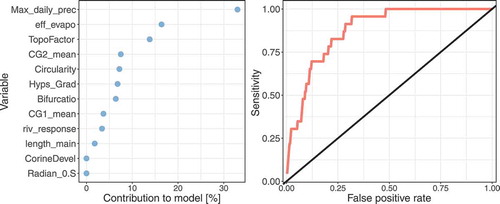
Figure 7. (left) Probability of non-similarity of large catchments with underlying elevation model and (right) the hydrological regions. A high probability of non-similarity close to 1 indicates probable additional information in this catchment.

Figure 8. (left) Contribution (in %) of each variable to the model and (right) ROC plot of the fitted model for large catchments. The straight line is the ROC curve for a totally random model.
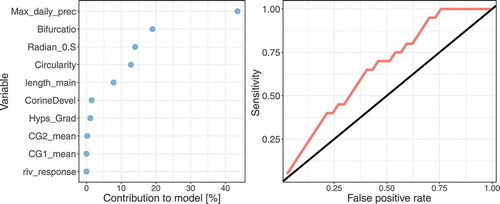
Figure 9. Comparison of probabilities of non-similarity of the maximum entropy approach when leaving one cluster out. Clusters are obtained by hydrological signatures.
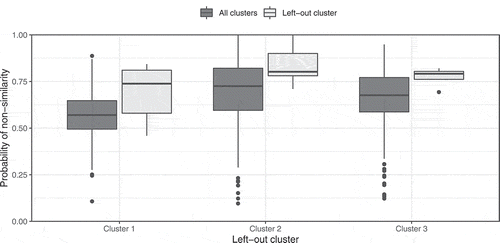
Table A1. Independent (×) characteristics used for the maximum entropy approach for each catchment class.

